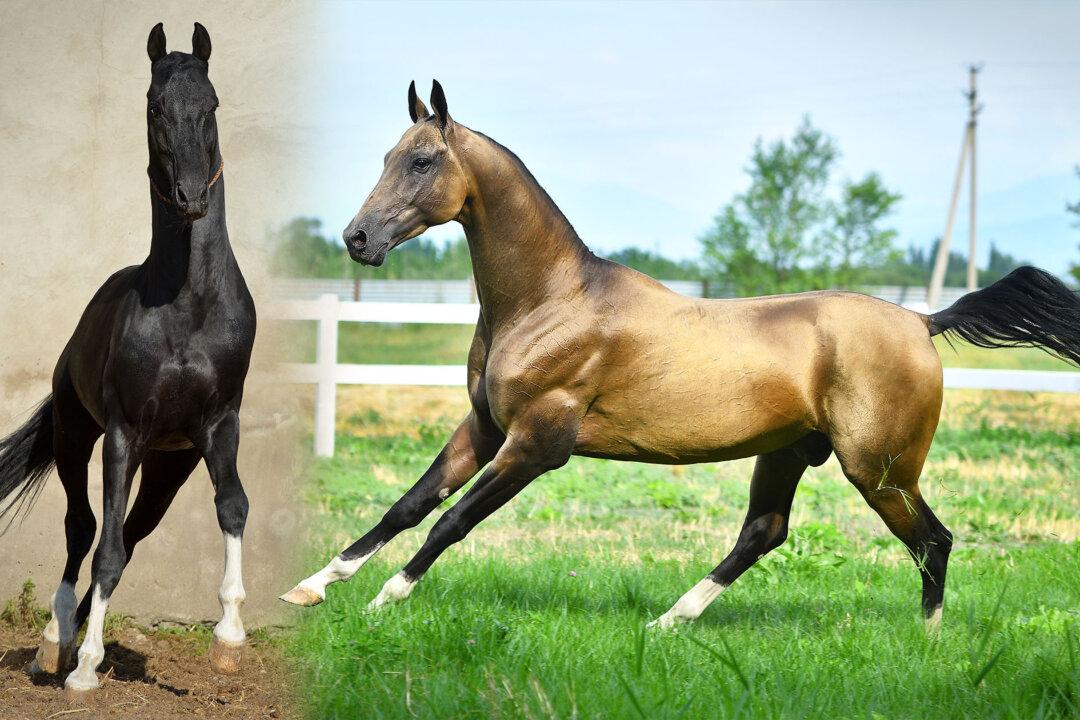Horses were the engines that moved into place the very foundations of human civilization. Since ancient times, people have bred horses to harness their strength—for use in transportation, agriculture, work, and war.
Some have pinned the first domestication of horses to as early as 3500 B.C., while others have pointed to evidence attesting to origins far more ancient, perhaps even 12,000 years ago.






